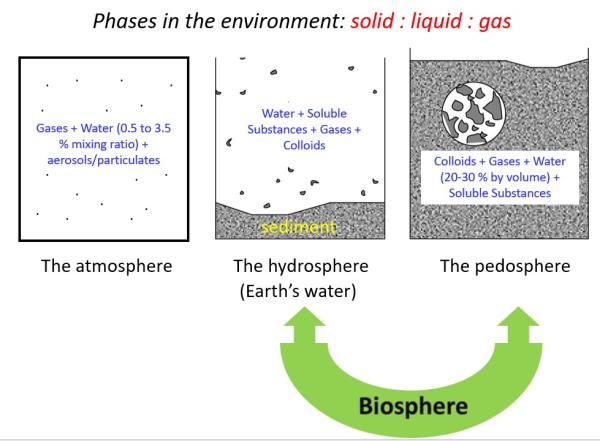As we saw in Module 1, environment is one of the 3 pillars of the sustainability concept. In the sustainability discipline, we define a term: “Natural capital.” Natural capital refers to the world's stocks of natural assets, which include geology, soil, air, water, and all living things. It is a concept used in economics and environmental management to frame nature as an asset that provides goods and services essential for human survival and economic activity. These assets, when viewed as capital, emphasize their role in producing a flow of benefits to people and the economy, much like financial or manufactured capital.

Natural capital is vital for sustaining ecological balance and human prosperity. It provides diverse benefits categorized into several key functions:
- Provisioning Services: Essential goods such as food, water, timber, and fiber are supplied by natural capital, underpinning human well-being and economic activities.
- Regulating Services: Ecosystems regulate crucial environmental aspects that benefit humanity, including air quality, climate control through carbon storage and sequestration, waste decomposition, water purification, and disease regulation.
- Supporting Services: These are fundamental for the production of all other ecosystem services, encompassing nutrient cycling, soil formation, primary production, and habitat provision.
- Cultural Services: Ecosystems also afford cultural, aesthetic, and spiritual benefits, enriching human experiences through recreational activities, tourism, and the spiritual and historical appreciation of natural sites.
Integrating Natural Capital into Economic and Policy Frameworks
Understanding the multifaceted roles of natural capital is crucial for its incorporation into economic evaluations, which in turn supports investment in conservation and sustainable resource use. This understanding also aids in resource management by highlighting the necessity of maintaining ecosystem health to ensure the continued provision of vital services. Policy and planning must incorporate natural capital considerations to develop strategies that balance economic development with environmental sustainability. Furthermore, a robust comprehension of natural capital assists businesses and governments in assessing environmental risks, influencing operations, and strategic planning.
Challenges and Philosophical Shifts in Sustainable Management
There are some philosophical differences between conventional natural resource management and sustainable resource management. Sustainable management requires plans for preservation, conservation, and restoration of natural resources and their systems (Figure 2.2).
Sustainable resource management significantly diverges from traditional practices by:
- Recognizing the benefits of not utilizing a resource.
- Acknowledging both the direct and indirect values of resources.
- Considering cost savings from reduced resource use, which translates to lower pollution and waste management needs.

As summarized in Figure 2.3, efficiency in resource management utilizes less resources and is often the most cost-effective approach; however, it demands extensive planning.

Click for a text description.
The concept of recycling as a facet of sustainable management critically hinges on its successful integration into market dynamics and adherence to production quality standards. Notably, while 50% of U.S. communities have access to recycling programs, the true effectiveness of these initiatives significantly depends on the economic viability and the quality of recycled products. For recycling to meaningfully contribute to sustainability, the products derived from recycled materials must be competitively priced and match the quality of those made from virgin materials. Without meeting these conditions, the market demand for recycled products diminishes, leading to an incomplete "recycling loop." This incomplete loop signifies a failure to fully reintegrate recycled materials back into the consumption and production cycle, thus undermining the potential environmental benefits of recycling and its pivotal role in sustainable resource management. The challenge, therefore, extends beyond merely collecting and processing recyclable materials; it also involves ensuring that the output is both economically and qualitatively competitive. Currently, economic incentives for using recycled products are inadequate—there is low demand for costlier recycled goods and a lack of corporate willingness.
As illustrated in Figure 2.3, substitution does not decrease pollution levels, and often, replacing one resource type with another, such as different metals, is not feasible without significant technological adjustments. These complexities will be explored in greater detail in subsequent lessons.
In essence, viewing natural capital as a crucial asset that requires protection and valuation not only for its intrinsic value but also for its essential contributions to human well-being and economic prosperity is imperative. This perspective fosters sustainable practices across various sectors and promotes a healthier, more sustainable environment for future generations. When examining natural capital in environmental settings, we can distinguish four principal phases (Figure 2. 4):
- Atmosphere (gaseous environment)
- Hydrosphere (aqueous environment)
- Terrestrial (solid environment)
- Biosphere (living environment)

Each of these phases is present in the four Earth's "spheres," noted above, but in different proportions. In this lesson, we will start by examining the terrestrial forms of natural capital, namely rocks and soils.
